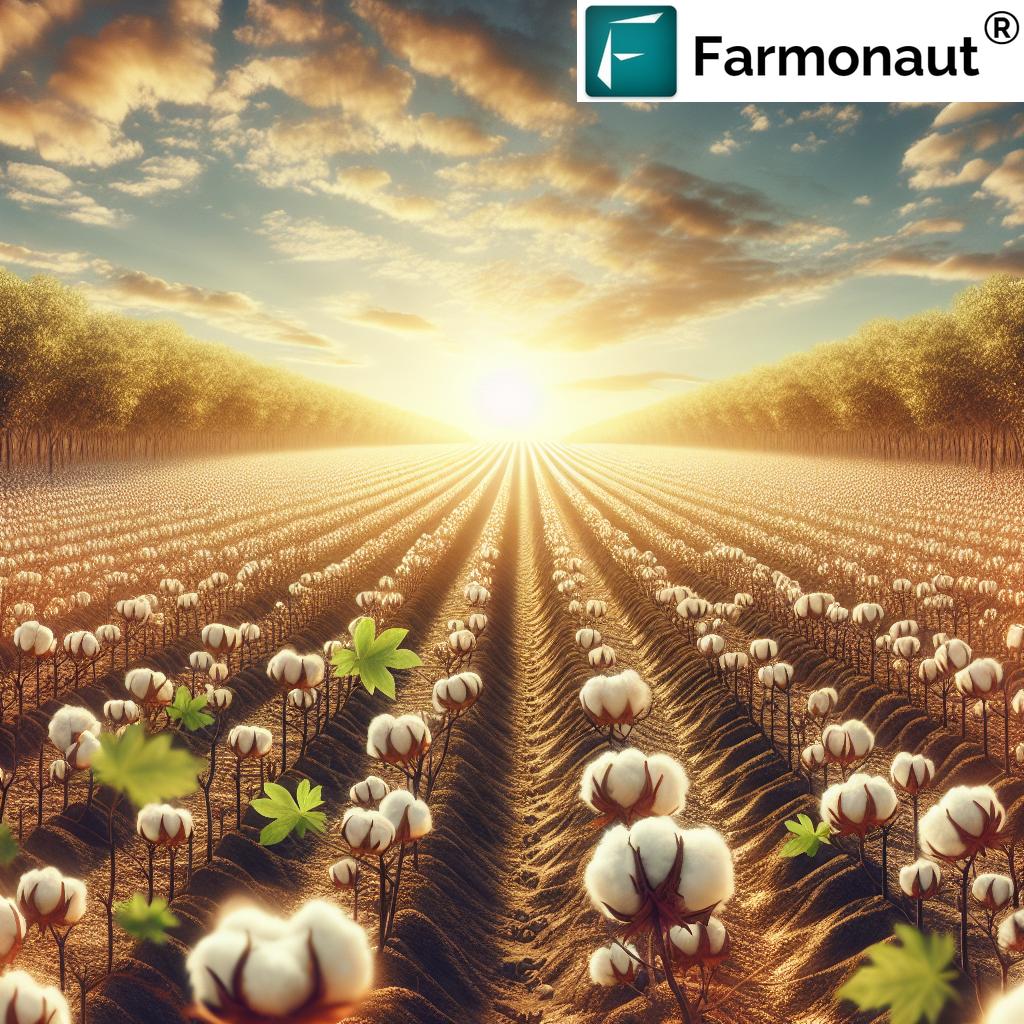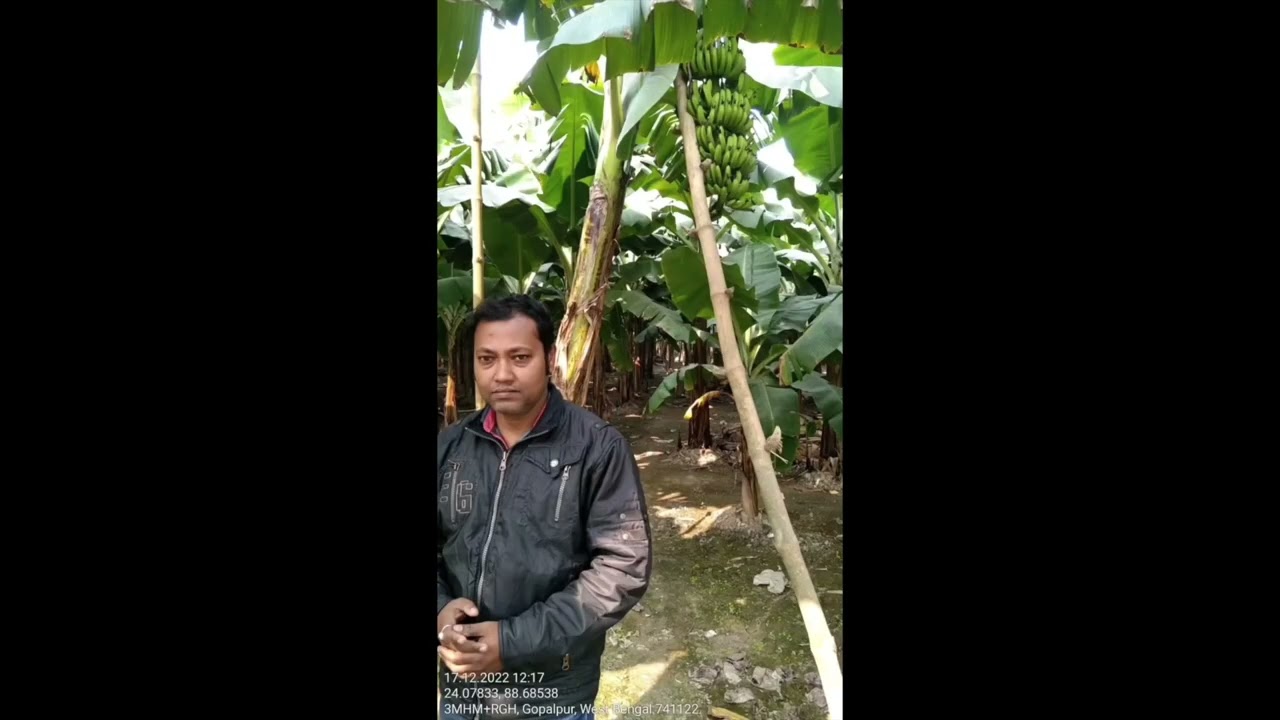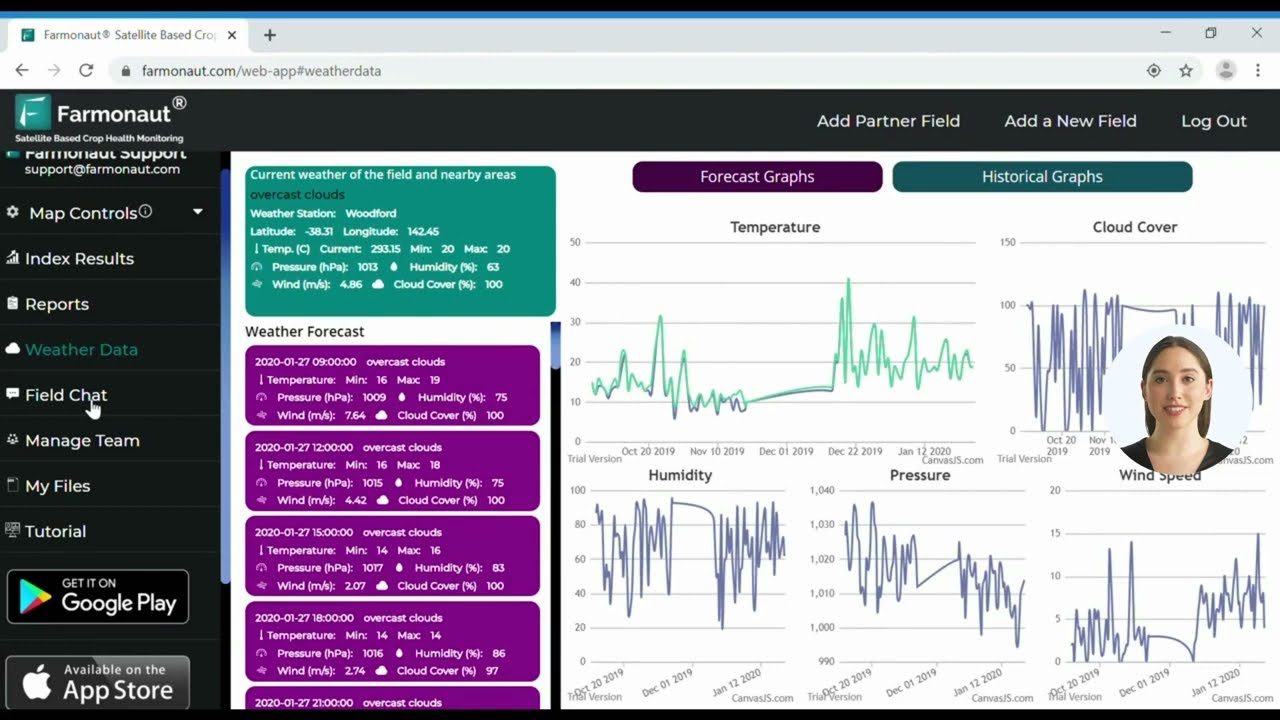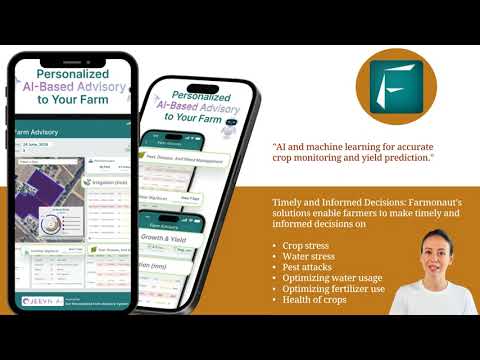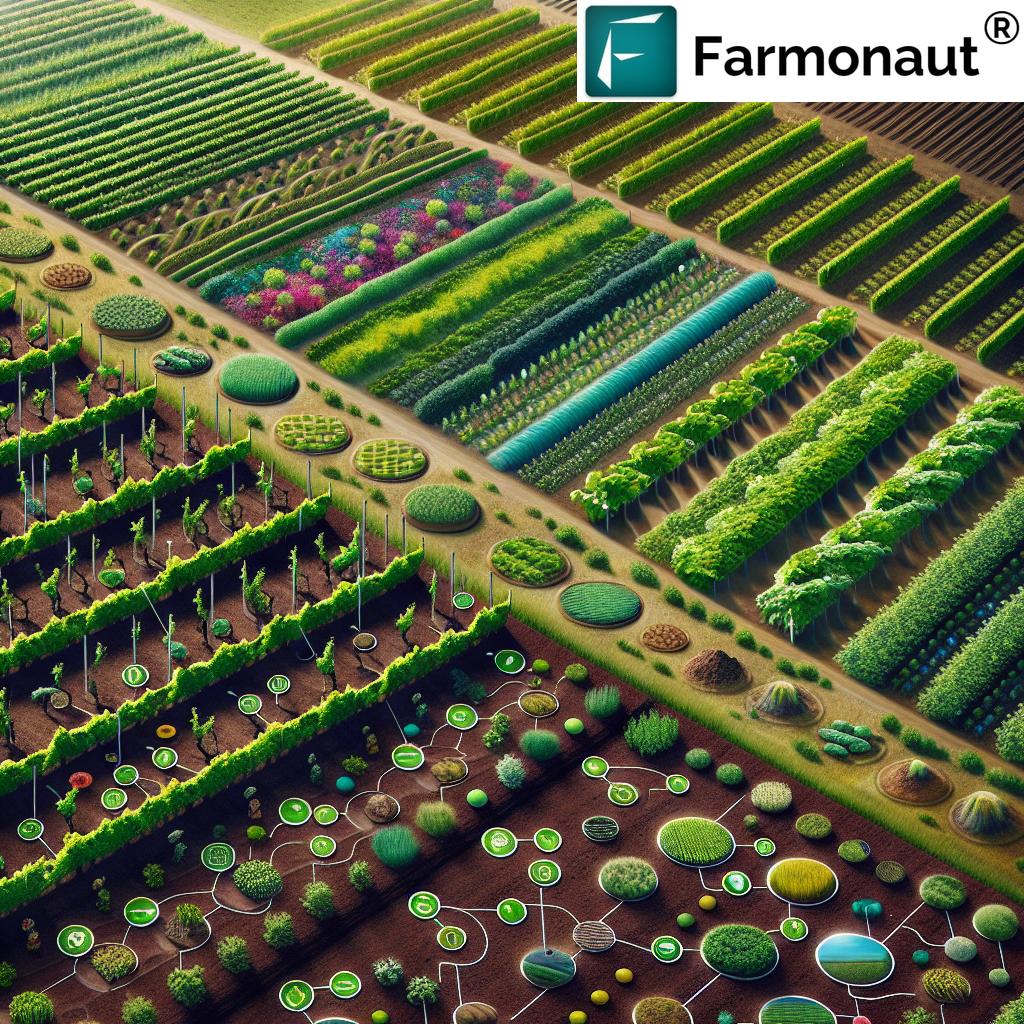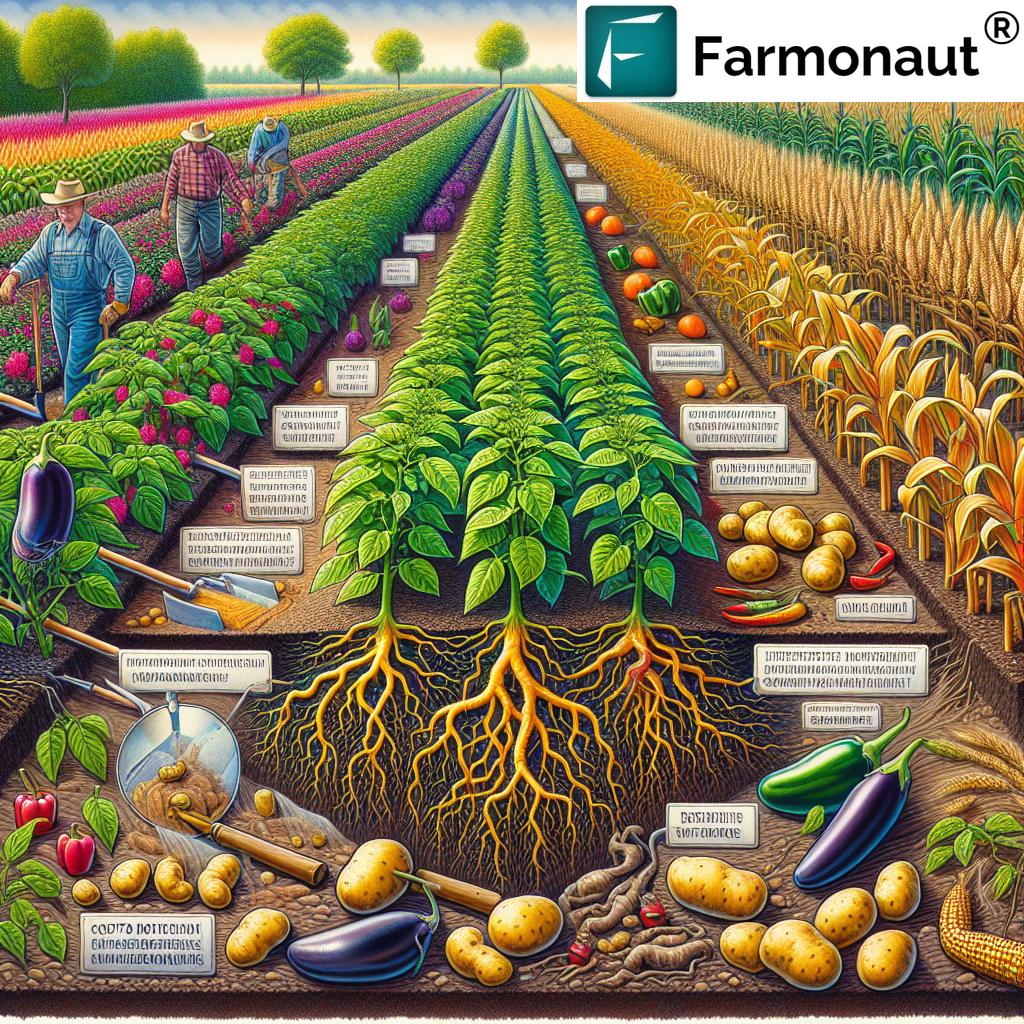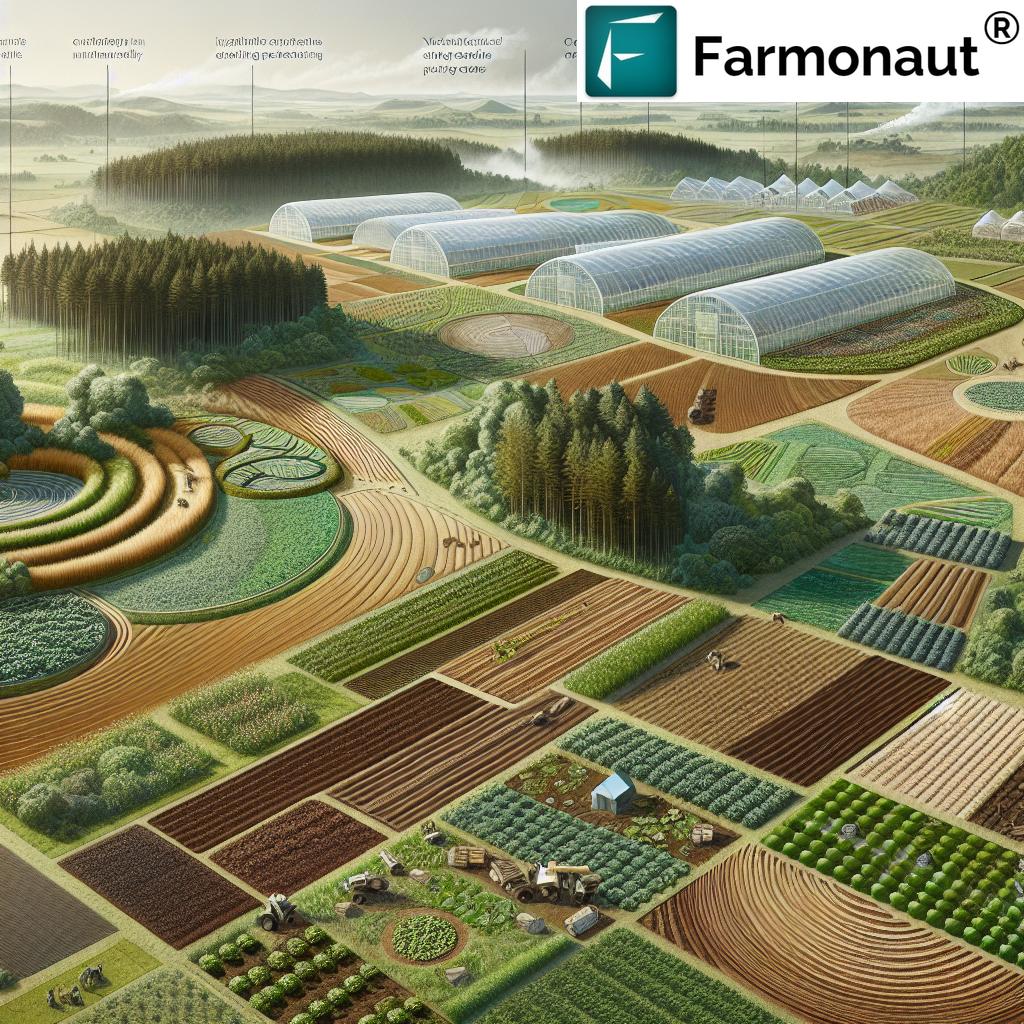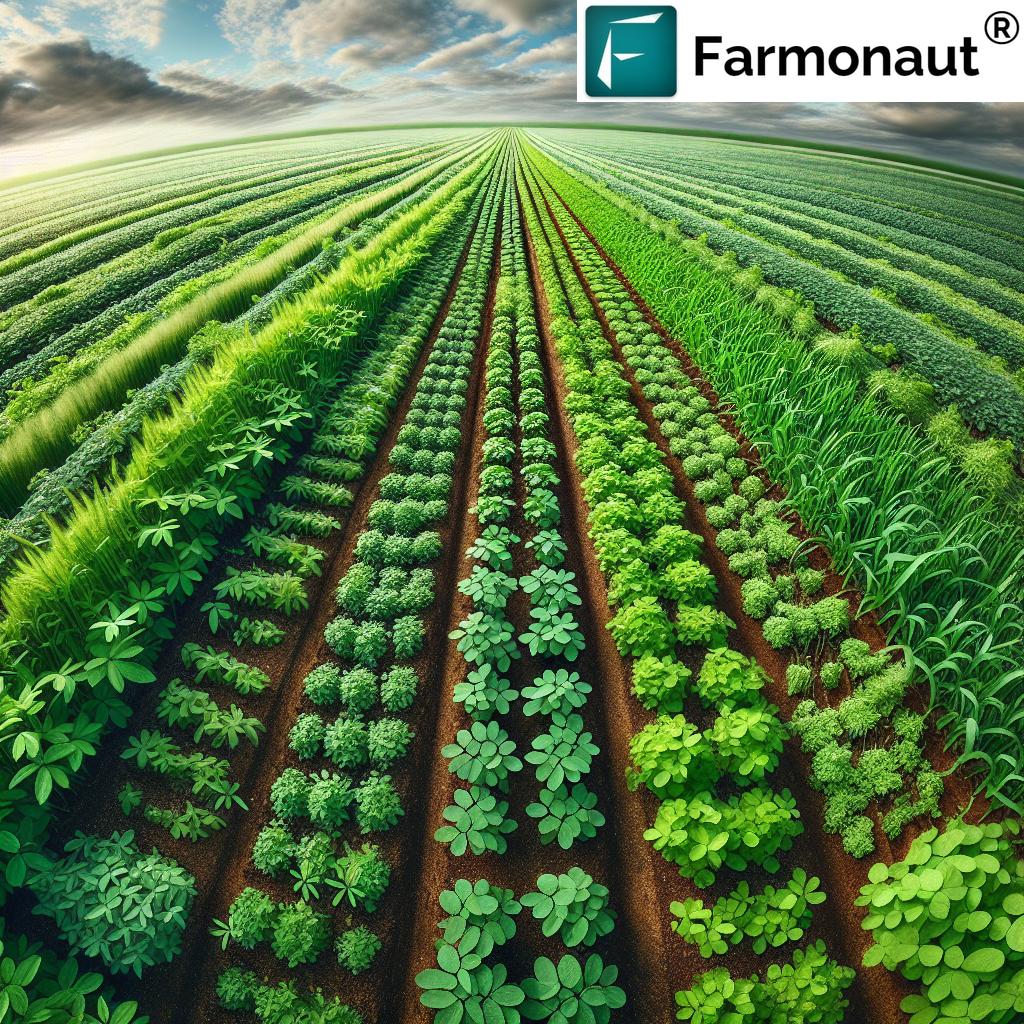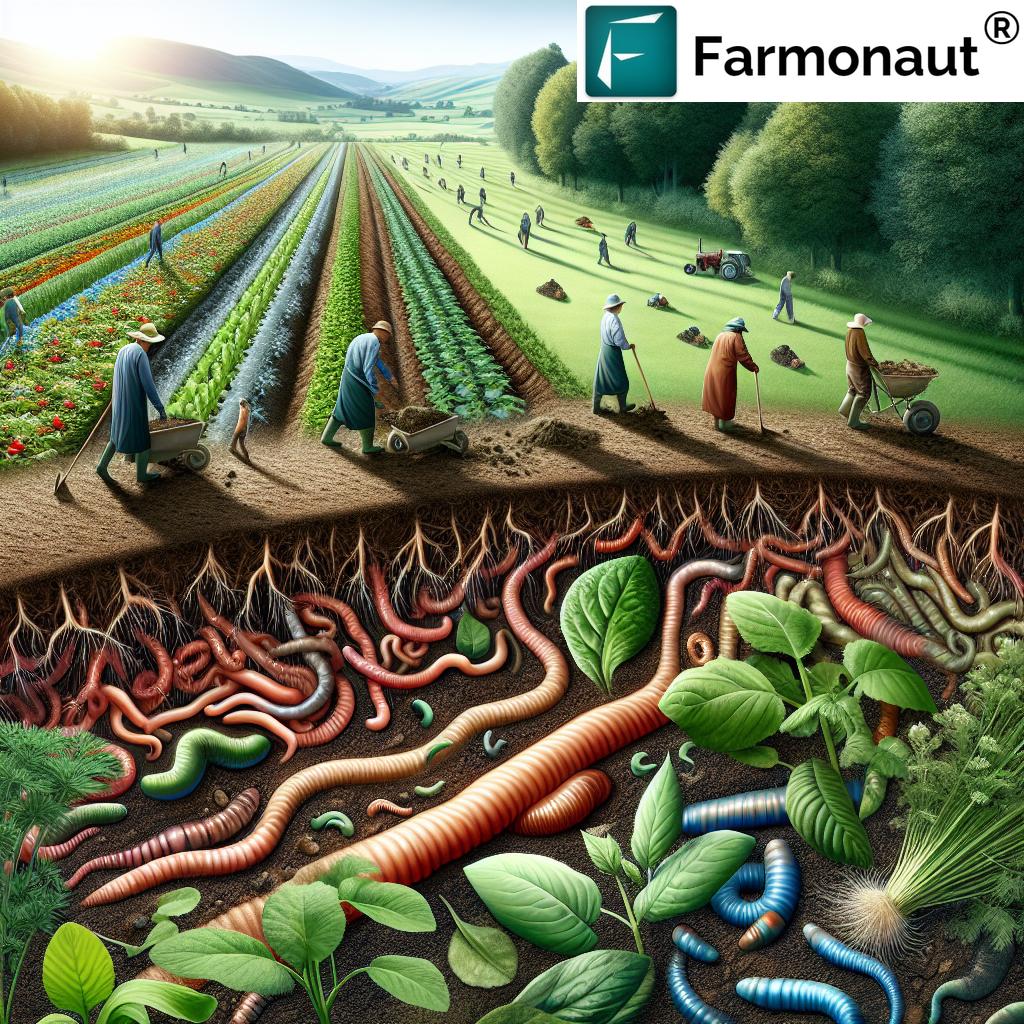Table of Contents
- Introduction: Understanding Cotton Growing Conditions
- 1. Climate Requirements for Cotton
- 2. Soil Conditions for Sustainable Cotton Yields
- 3. Water Management in Cotton Cultivation
- 4. Sunlight, Day Length, Temperature, and Wind Effects
- 5. Optimal Planting and Spacing of Cotton
- 6. Nutrient Management in Cotton Farming
- 7. Integrated Cotton Pest and Disease Control
- Bonus: Sustainable Harvesting of Cotton Bolls
- Cotton Cultivation Requirements Summary Table
- How Farmonaut Empowers Sustainable Cotton Cultivation
- FAQ: Cotton Growing Conditions
- Conclusion: Towards Higher Cotton Yields and Quality
“Cotton yields can drop by up to 30% if soil moisture falls below optimal levels during flowering.”
Cotton Growing Conditions: 7 Tips for Best Yields
Cotton, a staple fiber crop, is integral to the textile industry across tropical and subtropical regions. What makes cotton thrive is not a simple matter of routine farming—mastering cotton cultivation requirements is critical for maximum yield and premium fiber quality. In this comprehensive blog, we will explore the optimal conditions for cotton growth, discuss soil and water management techniques, and present actionable strategies for sustainable cotton farming. Whether you’re a smallholder aiming for efficiency or managing large-scale operations, understanding these essential environmental and agronomic factors can transform the productivity and sustainability of your cotton fields.
1. Climate Requirements for Cotton
Cotton’s climate requirements are shaped by its origins in tropical and subtropical regions. For healthy growth, cotton thrives in warm climates with sufficient sunlight and long frost-free periods. Let’s break down the optimum climate for robust cotton yields:
Optimal Temperature Range
- Ideal Range: 21–37°C (70–100°F) promotes vigorous growth and high fiber quality.
- Tolerance: Brief spikes up to 110°F (43°C) are tolerated with higher humidity.
- Detrimental Temperatures: Extended exposure > 37°C (>100°F) greatly reduces yield and boll development.
- Frost-Free Days: A minimum 180–210 day frost-free period is essential for full boll maturation (Source).
Why Temperature Matters for Cotton
Temperature governs every cotton growth phase: from seed germination, leaf and boll development, to fiber maturity. Too low, and germination slows; too high, ‘fruit’ drops and pollination is inefficient.
Cotton in Various Regions
Cotton can be grown wherever minimum temperature requirements and sunlight hours are met, from Maharashtra and Karnataka in India to Texas in the USA and North Carolina. Local climatic variations influence planting schedules and crop yield.
2. Soil Conditions for Sustainable Cotton Yields
The soil you choose for cotton cultivation is critical for root development, nutrient uptake, and fiber quality. Well-prepared soils are the bedrock for sustainable crop management.
Cotton Soil Requirements
- Type: Cotton prefers loamy soils rich in organic matter, supplying both aeration and good moisture retention.
- Drainage: Well-drained fields support root systems and reduce fungal disease risk.
- pH: 5.8–7.0 (slightly acidic to neutral) is the optimum range. This supports essential nutrient availability for fiber quality (source).
Cotton’s deep taproot system favors soils that retain consistent moisture yet resist waterlogging. Never plant in dense, clayey soils susceptible to flooding — this restricts root uptake and harms fiber development.
Farmonaut’s advanced Large Scale Farm Management platform can be used to map, analyze, and monitor soil parameters, crop health, and moisture patterns throughout your cotton-growing area. By doing so, it empowers agronomists to adjust soil management practices, maximize resource efficiency, and act proactively against disease and pest outbreaks.
Organic Matter and Sustainable Practices
- Add Compost or Green Manure to boost organic matter.
- Maintain Mulch Layers to conserve moisture while suppressing fungal infections.
- Recognize the Signs: Poor drainage → yellowing leaves, stunted growth, or increased risk of rot.
A well-managed soil profile also minimizes the risk of crop failure from erratic rainfall, drought or disease.
“Sustainable cotton farming can reduce water usage by 40% compared to conventional methods.”
3. Water Management in Cotton Cultivation
While cotton is often lauded as a “drought-resistant” crop, consistent and timely water availability is vital for optimal yields and superior fiber development. Poor management in this area can result in severe reductions in yield and quality.
Irrigation and Rainfall: The Optimal Balance
- Total Water Need: Cotton typically requires 20–30 inches (500–750 mm) of water across the growing season (eos.com).
- Critical Stages: Flowering and boll development are especially sensitive to moisture stress.
- Overwatering Risk: Excess water signals disease and boll rot; never flood fields during boll setting!
Rainfed areas should monitor soil moisture vigilantly; where rainfall is inadequate or unreliable, invest in drip or sprinkler irrigation systems for the most efficient cotton soil and water management.
Did you know?
Our satellite-based crop health monitoring enables you to remotely track soil moisture levels, plant health, and growth rates with data-driven precision. Farmonaut empowers farmers with timely irrigation advisories, optimizing water usage and reducing environmental stress. Learn more about these tools in the Farmonaut blog.
Pro Tip: Cotton’s taproot system excels at extracting moisture from deeper soil layers – but only when soils are loose and uncompacted.
Sustainability in Water Use
- Mulch and cover crops can minimize evaporation and improve retention, even under high temperatures or winds.
- Monitor rainfall patterns using digital farm management tools for precise, efficient irrigation scheduling and resource use.
- Sustainable methods reduce water consumption by up to 40%, benefiting both crops and the environment!
4. Sunlight, Day Length, Temperature, and Wind Effects
Sunlight exposure, day length, and temperature all intersect to dictate the success of your cotton crop. Let’s understand how these environmental factors impact germination, flowering, and boll development:
Sunlight and Day-Length Effects
- Cotton’s Preference: Favors full, unshaded sunlight for robust stem and leaf growth.
- Short-Day Crop: Most cotton types respond to shorter days, but day-neutral varieties exist for specific markets.
- Flowering is Influenced by Temperature: Optimal germination temperatures range from 18–30°C, with a minimum of 14°C and a maximum of 40°C (fao.org).
Wind and Humidity: Hidden Key Players
- Relative Humidity: 50–60% is optimal — higher values increase disease risk but lower numbers risk water stress.
- Winds: Moderate winds can aid pollination and humidity regulation, but high winds may damage open bolls or even uproot plants if unprotected (source).
Balancing all these environmental conditions helps reduce plant stress and maximize fiber quality.
If you’re seeking to further reduce your environmental impact during cotton production, Farmonaut’s carbon footprinting tools provide real-time tracking of emissions and resource usage. This supports compliance with sustainability standards and helps growers participate in climate-smart agriculture.
5. Optimal Planting and Spacing of Cotton
Strategic planting and optimal spacing are more than a matter of tradition—they’re crucial for fiber quality, airflow, disease control, and pollination efficiency.
Ideal Planting Time and Germination Conditions
- Sow When: Soil temperatures reach ≥ 15°C (60°F) for best results. Lower temperatures delay germination and increase risk of soil-borne fungal infections.
- Sowing Depth: Aim for 1–1.5 inches deep, varying by soil texture.
Spacing Guidelines
- Row Spacing: 3–4 feet (0.9–1.2m)
- In-Row Plant Spacing: 6–12 inches (15–30cm), tailored to varieties and regional practices (farmersmag.co.za).
Proper plant density reduces competition for water, nutrients, and sunlight—factors tied directly to higher yields and less disease risk.
For region-specific planting calendars and density recommendations, Farmonaut’s Crop, Plantation & Forest Advisory Service delivers real-time satellite data and AI-powered insights. Tailor your operations to optimize crop emergence and minimize input waste.
Extra Tips for Spacing and Sowing
- Use precision equipment to ensure uniform seed depth and avoid clumping.
- Integrate satellite monitoring to pre-identify patchy emergence and rapidly adjust field practices.
6. Nutrient Management in Cotton Farming
Nutritious soils and timely fertilization aren’t optional: they’re essential for healthy cotton growth, fiber formation, and premium yields. Nutrient management in cotton farming revolves around balancing macronutrients, secondary nutrients, and micronutrients to supply every phase of the crop’s lifecycle.
Primary Macronutrients
- Nitrogen (N): Drives vegetative growth and is key during early development and boll setting.
- Phosphorus (P): Essential for root formation and rapid establishment.
- Potassium (K): Improves fiber strength and boll development.
Secondary Nutrients & Micronutrients
- Calcium (Ca), Magnesium (Mg), Sulfur (S): Maintain cell wall strength and overall plant resilience.
- Crucial micronutrients: Zinc (Zn), Iron (Fe), Manganese (Mn).
Tip: Apply nutrients based on soil test recommendations; over-fertilization is wasteful, and under-application reduces yields.
For cotton growers seeking supply chain transparency, Farmonaut’s blockchain-based traceability platform provides end-to-end product integrity—from your fertilization regimen all the way to the spinner’s mill. Trusted records support quality certification, food safety, and environmental compliance.
Fertilizer Use Strategies
- Apply nitrogen in smaller doses at key growth stages to reduce losses and maximize uptake.
- Utilize organic manures alongside chemical fertilizers for soil health and sustainability.
- Monitor leaf color and vigor as indicators of nutritional status, and adjust accordingly.
7. Integrated Cotton Pest and Disease Control
Cotton pest and disease control is essential for safeguarding yields and maintaining fiber quality. From notorious boll weevils to damaging fungal outbreaks, an integrated pest management (IPM) approach is vital.
Common Cotton Pests:
- Boll weevils (damage to bolls and flowers)
- Aphids (sap-sucking, weakening plants and spreading diseases)
- Whiteflies and thrips (indirect crop damage)
Major Disease Threats:
- Boll rot (due to overwatering and high humidity)
- Soil-borne fungal infections (especially in chilling/wet conditions)
- Leaf spot/alternaria and viral diseases
IPM Strategies for Sustainable Cultivation
- Monitor pest populations regularly (scout fields weekly).
- Plant resistant varieties whenever available.
- Apply targeted pesticides only when thresholds are exceeded, and always rotate chemical classes.
- Use biological controls and cultural practices (remove plant debris, practice crop rotation) to reduce pest habitat.
- Promote beneficial insects through ecological management.
Farmonaut’s AI-powered advisory solutions deliver real-time alerts on disease risk, weather-driven pest outbreaks, and timely recommendations for intervention.
For agribusinesses or cooperatives managing multiple cotton farms, Farmonaut’s fleet & resource management suite streamlines logistics for timely pesticide application and harvest. Banks and insurers can also benefit from satellite-based crop loan verification and insurance solutions to minimize risk in agricultural financing.
Bonus: Sustainable Harvesting of Cotton Bolls
Harvesting cotton bolls is the final and possibly most time-sensitive operation of the season. Here’s how to protect your investment in fiber quality and maximize profits.
Best Practices for Harvesting
- Bolls mature and open 115–120 days after planting; plan to harvest 160–180 days after sowing, adapted for local temperature and humidity (cottonsa.org.za).
- Harvest timing should ensure majority of bolls are open, dry, and free from visible rot or disease.
- Delayed harvesting leads to fiber degradation, lint color changes, and pest infestation.
- Avoid harvest during/after rains if possible to prevent wetting, discoloration, or fungal spread.
Improving Fiber Quality in Cotton Production
- Hand-picking preserves quality for premium/expert markets.
- Mechanical harvesting is efficient but must be properly timed and regularly cleaned to avoid contamination.
- Use satellite monitoring to coordinate peak harvest time across large areas.
Cotton Cultivation Requirements Summary Table
| Factor | Optimal Value/Range | Environmental Benefit |
|---|---|---|
| Soil Type | Well-drained loamy soil, high in organic matter | Prevents erosion and supports robust root systems |
| Temperature | 21–37°C (70–100°F); frost-free for 180–210 days | Reduces yield loss from cold or heat events |
| Water Requirement | 500–750 mm (20–30 inches) annually | Efficient use lowers water consumption in drought-prone regions |
| pH Level | 5.8–7.0 (slightly acidic–neutral) | Ensures essential nutrient availability, lowers input needs |
| Sunlight | Full sun, at least 6–8 hours daily | Maximizes photosynthesis, reduces fungal infections |
| Sowing Depth | 1–1.5 inches (2.5–3.8 cm) | Boosts uniform emergence, lowers risk of diseases |
| Fertilizer Needs | Balanced N, P, K based on soil test results | Avoids overuse, maintains soil health long term |
| Humidity | Relative humidity 50–60% | Reduces disease risk, minimizes water stress |
| Spacing | Rows: 3–4 feet (0.9–1.2 m), Plants: 6–12 inches (15–30 cm) apart | Improves airflow, lowers fungal and pest incidence |
Want to integrate real-time satellite crop health and weather data directly into your own applications or farm management software? Check out the Farmonaut API (see API developer documentation here) for seamless data integration.
How Farmonaut Empowers Sustainable Cotton Cultivation
As a pioneering agricultural technology company, Farmonaut has transformed the way farmers handle cotton soil and water management, pest control, and resource tracking. Our tools—including satellite-based crop health monitoring, AI-driven Jeevn advisory, blockchain-based traceability, and carbon footprint tracking—are making precision agriculture affordable and accessible across cotton-growing regions worldwide.
- Satellite Crop Monitoring: Provides real-time NDVI data, soil moisture, and health alerts, helping maximize yields and fiber quality while reducing input costs.
- Jeevn AI Advisory: Offers weather forecasts, sowing advice, and custom pest/disease management plans to protect your crop and ensure sustainability.
- Blockchain Traceability: Guarantees supply chain integrity for premium fiber certification and market access.
- Carbon Footprint & Resource Management: Monitor, reduce, and document your sustainability credentials to partners, customers, and regulators.
Farmonaut’s platform is available on Android, iOS, web, and via API for integration into other farm tech systems. Our subscription models cater to individual farmers, cooperatives, agribusinesses, and government agencies for scalable, holistic farm management.
FAQ: Cotton Growing Conditions
What is the best temperature for cotton germination?
The optimum soil temperature for cotton germination is around 29°C (85°F). Germination is significantly slowed if soil temperatures fall below 15°C (60°F), and chilling injury can occur below 10°C (50°F).
How much water does cotton need annually?
Cotton fields require approximately 20–30 inches (500–750 mm) of water during a full season, including rainfall and irrigation. The highest demand is during flowering and boll setting.
What soil pH is best for cotton?
The ideal soil pH for cotton is 5.8 to 7.0 (slightly acidic to neutral) to maximize nutrient availability and promote healthy root and fiber development.
What environmental conditions help reduce cotton diseases?
Well-drained soils, full sunlight, moderate relative humidity (50–60%), and crop rotation all reduce fungal and bacterial disease risk by limiting pathogen persistence and dampness.
How does Farmonaut help with cotton pest and disease control?
We provide real-time alerts, AI-based recommendations, and satellite monitoring for early detection of pest and disease threats, allowing for targeted and sustainable intervention.
Conclusion: Towards Higher Cotton Yields and Quality
Achieving high yields and top fiber quality in cotton cultivation means harmonizing soil, temperature, water, sunlight, and sustainable management practices. By following these 7 tips—from monitoring climate requirements and optimizing soil conditions to deploying technology for water management and pest control—growers can unlock the full genetic potential of their cotton varieties while reducing environmental impacts.
Sustainable cotton cultivation not only improves farm profitability but also conserves natural resources, enhances supply chain transparency, and meets the demands of global textile markets. By leveraging Farmonaut’s advanced tools, every grower—regardless of scale—can confidently navigate cotton’s environmental requirements and secure thriving, resilient harvests year after year.





